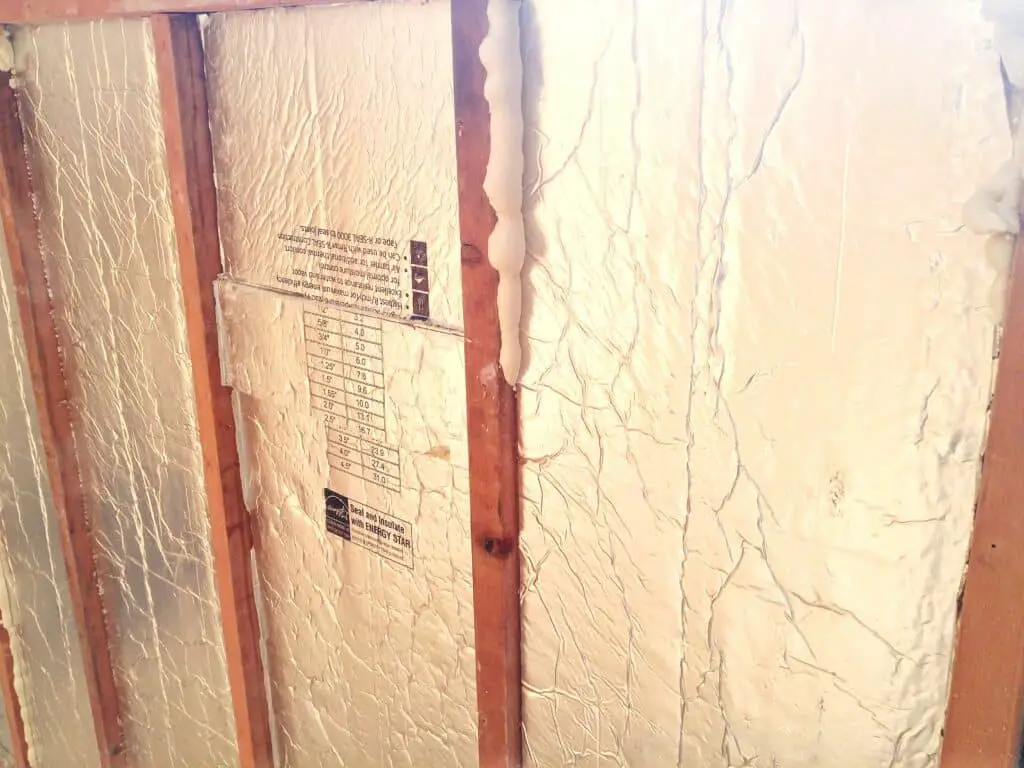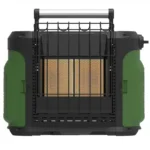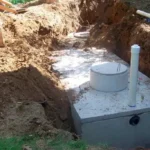Some of the benefits of rigid foam insulation include high R-value and relatively simple installation process. Are you wondering whether a vapor barrier is necessary for foam insulation? In this article, we combine the expertise of industry insiders with the most recent scientific findings to address your question.
Table of Contents
Does Rigid Foam Insulation Need Vapor Barrier?
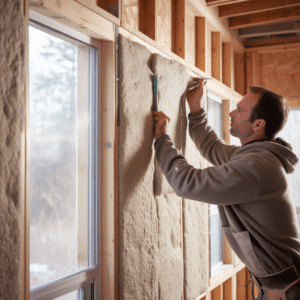
Rigid foam insulation doesn’t need a vapor barrier. The insulation can prevent a large percentage of water vapor from moving in some types of foam insulation, such as closed-cell spray foam and foam board insulation. On the other hand, open-cell foam insulation’s vapor permeability has benefits since it allows the structure and wall to breathe.
When exposed to a foil layer, rigid foam board is practically 100% impermeable. Therefore, rigid foam insulation often serves as a moisture barrier. However, some moisture and vapor will get through the insulation if the rigid foam layer is too thin.
For more information on the reasoning behind the above response, continue reading this post. Let’s first define a vapor barrier before going into depth about vapor barrier considerations for all major foam insulation types. The disadvantages of vapor barriers and proper applications are discussed to deepen your understanding of vapor barriers and wall insulation.
What Is a Vapor Barrier?
A vapor barrier is a layer of material resistant to water and water vapor. As a result, most substances that are mistakenly called vapor barriers are vapor retarders. Vapor retarders, as opposed to vapor barriers, only obstruct or permit water vapor to travel in one direction.
On the other hand, a vapor barrier is a black or clear material that is frequently placed on the crawlspace floor. The material is resistant to leaking, so that water may gather and pool on it. Materials like metal, paper covering, and glass are some examples of vapor barriers.
Foam Insulation and Vapor Barrier
Foam insulation is available in three main types: pre-formed foam board, closed-cell spray foam, and open-cell spray foam. When it comes to vapor barriers, they all have specific requirements and interactions. Let’s discuss each type of foam insulation.
Pre-Formed Foam Board
Foam board comes in various styles with a huge assortment of facings. To varying degrees, these insulating types are permeable to air and water. However, compared to conventional insulation types like fiberglass and cellulose, they are less porous.
Expanded polystyrene is a common type of foam board insulation. Since it’s more permeable than many other types of foam board, this variety is considered suitable for most domestic applications. Pre-formed foam board insulation blocks moisture migration when it’s thick.
Closed-Cell Spray Foam
This type of foam insulation creates sturdy foam bubbles, serving as a full vapor barrier. In other words, very little air and water may flow through the insulation. Because of its impermeability, closed-cell spray foam is not a good choice for most home-building applications.
Closed cell spray foam insulation is both an insulator and a vapor barrier. Therefore, you can use it in areas where vapor barrier is required. Closed-cell spray foam is a fantastic choice for a variety of industrial and below-ground applications.
Open-Cell Spray Foam
Spray foam with open cells creates an insulating matrix like a sponge. That means air and water can travel slowly from one side of the insulation to the other. Because of this, open-cell spray foam is a great insulation material for homes.
Open-cell foam can let vapor through. Other gases, including water vapor, will pass through the insulation. Therefore open-cell spray foam insulation has a reduced risk of creating detrimental condensation compared to closed-cell spray foam.
You require a vapor barrier with open-cell foam insulation for circumstances where they are necessary. A separate vapor barrier is recommended for open-cell foam insulation in extremely cold and wet areas and underground applications.
However, vapor barriers are not mandatory in the majority of insulating applications where open-cell spray foam is effective.
Disadvantages of Vapor Barriers
The drawback of vapor barriers is that they completely prevent moisture from escaping. Installing a vapor barrier on the outside wall or ceiling in residential buildings results in accumulation of moisture inside your home.
Indoor moisture is easily avoidable and results from human and animal natural respiration and architectural flaws like cracks in doors and windows and other air leaks. The moisture within the house will condense on the vapor barrier when the weather is cold outside.
Condensation happens when the warm and moist air comes in contact with the cooler wall. Water droplets are produced as a result of the cooling process. During the winter, the phenomenon is frequently seen on windows. Imagine leaky windows now being within the walls of your house.
Over time, excess condensed moisture will accumulate and cause structural problems such as rotting, mold, and discoloration. On the other hand, vapor retarders will allow some moisture to exit the house, minimizing the problems associated with vapor barriers.
When Are Vapor Barriers Necessary?
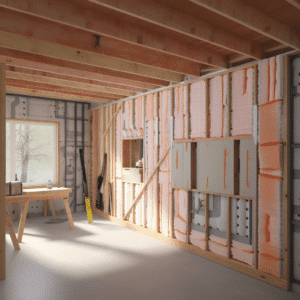
Vapor barriers are ideal when you want to stop moisture movement. They can be used on crawl spaces or below-grade concrete walls. Vapor barriers are also incorporated into the wall and ceiling structure for cold and wet conditions.
For below-ground applications, the vapor barriers prevent cold, damp air from seeping up and out of the ground. It’s advantageous since the soil surrounding your home usually holds more water than the air. Therefore, the soil would be a source of unwanted humidity without a vapor barrier.
Install a vapor barrier on the inner side of foam insulation close to the wall cladding in extremely cold and wet areas. Water vapor is decreased because the impermeable layer is positioned where there is the least temperature variation. Additionally, that enables moisture entering the vapor barrier to escape gradually.
Take extreme caution when using vapor barrier. Any problems listed above may result from installing a vapor barrier where it’s unnecessary. If you’re unsure whether a vapor barrier is necessary, don’t use one.
The decision will guarantee that your home or construction project can adequately shed extra moisture, which is essential for the durability of the building and the health of everyone staying in your home.
Conclusion
High R-values, continuous insulation around your property, and moisture control are some of the advantages of rigid foam board insulation. It’s highly effective in preventing thermal bridging, air leakage, and moisture damage. Therefore, rigid foam insulation doesn’t need a vapor barrier.
